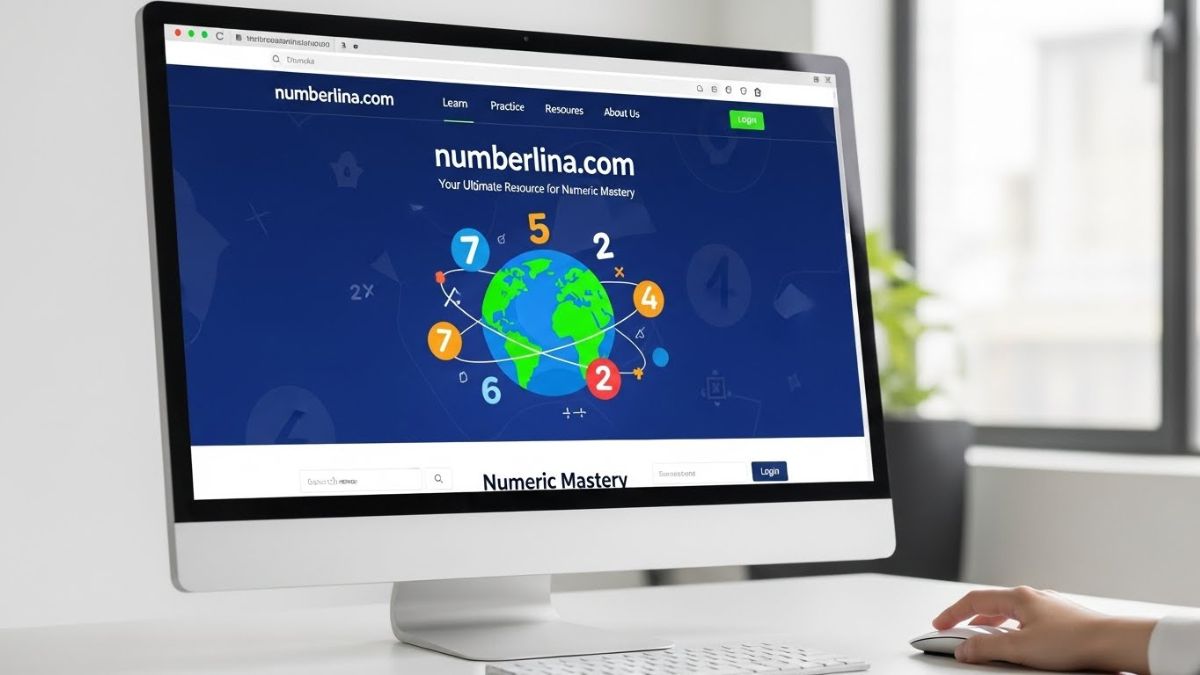If you’ve searched your name or business and found an embarrassing, fake, or outdated result, you’re not alone. Old court records, angry blog posts, fake reviews, and even stolen images can all show up on Google years after the issue is resolved. Worse, AI summaries and review aggregators now surface that content in search previews.
A bad link can do more than hurt your feelings. It can cost you a job, kill a sale, or tank your star rating. A 2023 study found that 93% of people check online reviews before making a buying decision. Negative content sticks fast, and most people never click past page one.
It gets worse when the content is misleading or flat-out false. Fake reviews. Incorrect claims. Court cases that were thrown out years ago. Once indexed, these pages live on. Google won’t automatically take them down. You have to ask.
The Big Question: Can You Remove Content From Google?
Yes, but it depends on what it is. You can’t remove everything, but Google has clear processes for specific types of content. If something violates the law or Google’s policies, you may be able to get it removed.
This includes:
- Revenge porn or non-consensual images
- Fake or impersonation sites
- Copyrighted content
- Outdated personal data (like addresses or bank info)
- Defamation
- Court orders
If what you’re dealing with fits one of these buckets, you can file a legal removal request with Google. Each category has its own form and requirements.
What Types of Content Can Be Taken Down?
Copyrighted Content
If someone reposted your blog, photo, or video without permission, you can file a copyright takedown. You’ll need to prove you own the content. Google may ask for links to the original version and a signed statement.
Defamation and Libel
This is tougher. Google doesn’t decide if something is defamatory. You’ll likely need a court order. But once you have one, Google has a form specifically for this. Submitting the order can lead to full deindexing of the page.
Outdated or Irrelevant Info
Google allows removal of certain outdated personal information. This includes doxxing, old arrest records, home addresses, and financial data. If this info no longer serves the public interest or was posted maliciously, you may have a case.
AI Hallucinations and Mislabeling
Sometimes AI-powered summaries get things completely wrong. They might connect your brand to a lawsuit you had no part in or include negative quotes pulled out of context. These errors can be traced back to low-quality sources that were scraped without review. If the source itself violates Google’s policy, you can file a request.
How to File a Legal Removal Request
Step 1: Identify the Offending URL
Find the exact web address of the page you want removed. Don’t just submit the Google search page. You need the link to the actual result.
Step 2: Choose the Right Form
Go to Google’s content removal page. Select the type of content you’re dealing with: copyright, personal data, court order, etc. This is where the legal removal request form lives.
Step 3: Submit Supporting Info
Include as much detail as you can. Screenshots. Links to the original content. Signed statements. Court documents. The more you include, the better.
Step 4: Wait for Review
Google may take several days to respond. They’ll let you know if your request is approved or rejected. If it’s denied, you can often appeal or resubmit with stronger evidence.
Real-World Scenarios
A wedding photographer found her name attached to a 1-star review for a company she had never heard of. The review linked to her personal site. Google removed it once she proved she had no connection.
A business owner discovered an old docket from a dismissed lawsuit showing up in his name. The case had been dropped, but sites like Docket Alarm and Justia kept the information live. He had to provide the dismissal paperwork and request removal through Google’s outdated content tool.
A college applicant was shocked to see an old mugshot surface in AI-generated search summaries. The charges had been cleared. His family used a court order to submit a legal removal request, and Google took down the result.
Preventing Harm Before It Happens
Removing bad links is one thing. Preventing them from showing up is another. Keep your search results healthy by:
- Claiming all social media and directory profiles
- Publishing regular content under your name or brand
- Encouraging positive reviews on trusted sites
- Using schema markup to feed clean data to search engines
Don’t let outdated content be the only thing Google knows about you.
Top Tools to Help With Online Clean-Up
If doing all this manually sounds like a headache, you’re not wrong. Here are three tools that can help:
Erase
Erase is a leader in removing harmful online content. They specialize in removing mugshots, fake news articles, outdated legal records, and more. Their team handles everything from legal removal requests to suppression strategies.
Brand24
Brand24 helps monitor mentions of your name or business across the web. If a new post or review appears, you’ll get alerted right away so you can act fast.
Reputation Galaxy
Reputation Galaxy uses content creation, SEO, and monitoring tools to bury harmful content and promote positive content. They’re a good fit for individuals and businesses looking for long-term reputation control.
Final Tips
Check your search results monthly. Set up Google Alerts for your name or company. Track how your content changes over time. Don’t let false or outdated information sit there for years.
If it’s fake or illegal, fight it. If it’s outdated and irrelevant, report it. If you need help, start with Erase. In a world where one Google result can change everything, staying ahead is everything.











